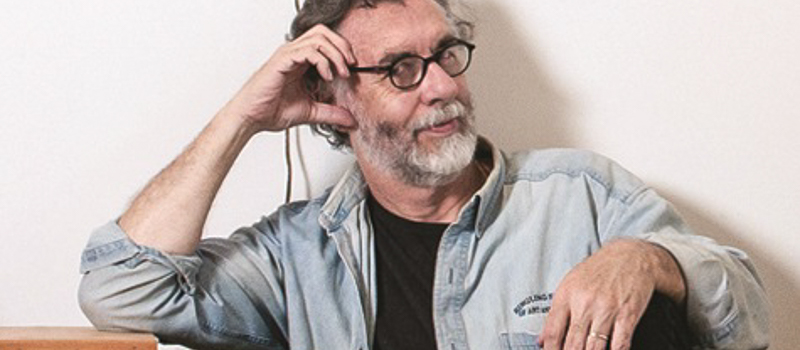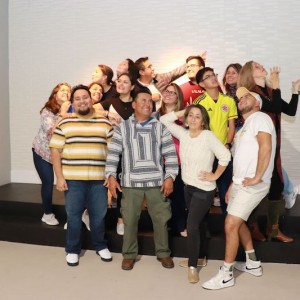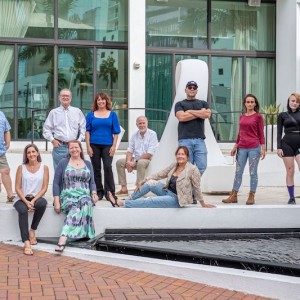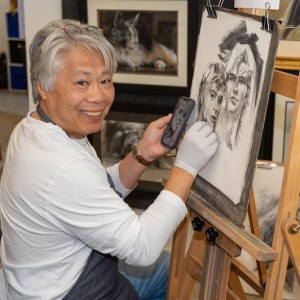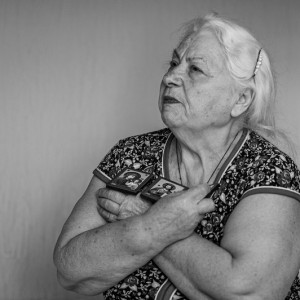Rising from humble beginnings as an abandoned and repurposed grocery store, the Selby Gallery at Ringling College of Art and Design has stood, for almost 30 years, as a flagship display for the campus and reliable haven for cutting edge contemporary art in the community, described in turn as both a community beacon and as Ringling’s “front door.” With the gallery closing and the building’s demolition slated for this month, making room for the planned state-of-the-art Basch Visual Arts Center, SRQ looks back on a landmark.
“All educational institutions need fresh blood, and that’s what we did,” says Anthony Rice, current coordinator of art history at Ringling College, a key player in Selby’s founding in 1985 and the gallery’s first acting director in its opening year. With a mandate to create a gallery and an abandoned grocery store in which to do it, Rice shot for the moon and won.
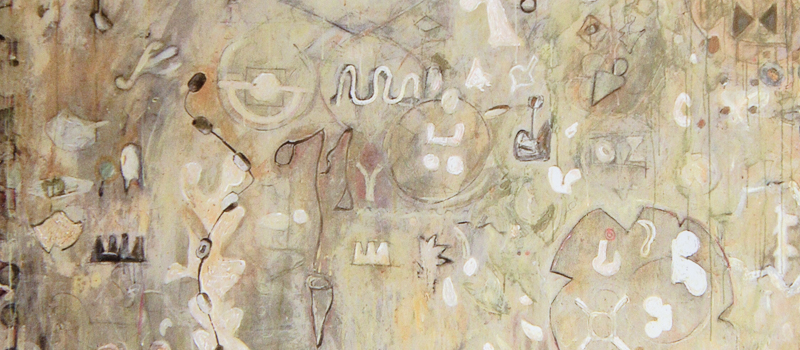
The building was itself a blank canvas and no one was quite sure what to do with it, but though Rice is quick and often to say that Selby’s creation was an institutional effort, he notes with pride what he considers his greatest accomplishment in that time, setting the gallery’s original policy, which remained to the end. “It’s whole purpose has always been to be educational - an educational format to bring art to the college that was not created in the college,” says Rice, who envisioned a true professional-grade gallery on-campus. “The shows were to be national and international in scope, and the idea was to bring new experiences to the school.”
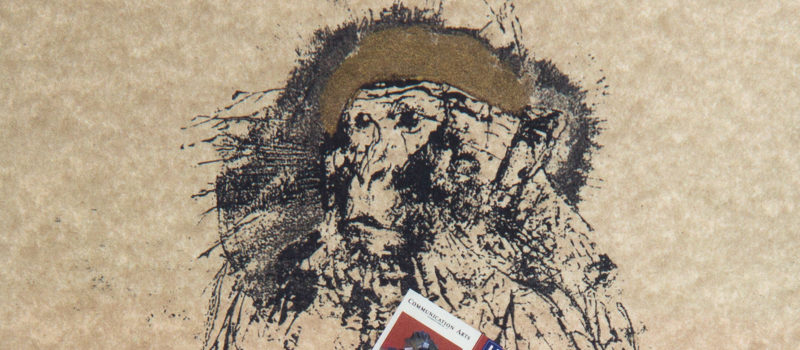
Meeting pushback from a community that wanted the space dedicated to local art and artists, Ringling School brought in a consultant to give recommendations on bringing the grocery store operation to professional museum standards, the type necessary to invite international exhibitions and artists. “We brought in a real heavyweight,” says Rice, meaning Harry Lowe, then-acting director of the National Museum of American Art at the Smithsonian Institution, who echoed Rice’s mission statement – no permanent collection, a full-time professional staff and an educational focus. Suitably convinced, Ringling School president Arland Christ-Janner approved funding for renovation and, along with support from the foundation that would become its namesake, The Selby Foundation, the Selby Gallery was born. Rice is proud of his part, but speaks highly of everyone involved, saying, “It’s an institutional process; no one person can do it.”
But that opening year under Rice set the tone for all those years to come, incorporating contemporary art, historical context, an international scope and prestigious guest speakers into the year’s offerings. The gallery opened with an exhibition of contemporary American illustrators, bringing in award-winning illustrator Barry Moser as guest speaker, before wrangling up a whole panel of speakers for a traveling exhibition of the prints of David Itchkawich, curated and led by the artist. Followed by an exhibition of African art from the Richard K. Meyer collection, focusing on the four major stylistic regions of Western Africa, and a showing of botanical macro-photography the month following, word quickly went round of something new happening at the Ringling School.
“When I first moved here, it was the go-to place to see modern and contemporary art,” says Lois Stulberg, longtime patron of the Selby Gallery, who eventually joined the college as a trustee. She describes Selby as her entry point to the college itself, and she’s not alone. “It was just one of the best places in town.”
But Selby was still on the way up and as good as those early years were, most agree that the gallery truly flourished with the arrival of Kevin Dean, who, already a professor at the college, took up the reins in 1994. “He brought professionalism - true professionalism – to the gallery and, if you look at Kevin’s tenure, it’s an incredible list of shows,” says Rice. “He gets, in my eyes, very high points for what he did with the gallery.” And it was under Dean that the gallery found its most solid footing, that idea what could stand until the building came down around it.
“Our primary mission was to expose students to what was going on in the contemporary art and design world,” says Laura Avery, who worked alongside Dean as assistant director from 1995 until his passing in 2014. The pair a complementary force, with Dean curating the year’s shows and directing the artistic message while Avery made those concepts a reality. “We just clicked,” Avery says laughing, citing common ground in the social movements of the ‘60s. “We were both old hippies with similar values and a similar aesthetic.” The social aspect of art and its existence as a force in history was a common theme.
Part of what made Dean great, according to Avery, Rice and others, was his reach and his ability to bring rare exhibitions and prestigious collections to campus. “A lot of what the community was able to experience was because of the relationship that Kevin Dean had with other artists and galleries,” says Tim Jaeger, campus and community engagement manager at Ringling College and a Ringling graduate, where he studied under Dean. Constantly seeking new artists, visiting studios and galleries and exploring the avant-garde, Dean brought many shows, whether it be early computer art in an exhibition in 1987, portraits from the acclaimed photographer Annie Liebovitz or Japanese ironworks from Toyoharu Miyazaki that would otherwise never have reached Sarasota audiences. “And people trusted that voice and that reputation,” adds Jaeger. “It wasn’t just Selby, it was Kevin’s name and Laura’s name attached to it.”
And part of that reputation was in Dean’s conceptual strength, which put together memorable exhibitions during Selby’s tenure, including, according to Avery, the first-ever exhibit devoted to the Sarasota School of Architecture and some of the earliest forays into glass exhibition, now a rising trend. Some were even grander in scope, such as the three-show series, Real(ist) Women, Real(ist) Men and Real(ists), featuring realist artists divided by gender in separate shows before culminating in 2010 with a combined exhibition giving the full picture. “He was trying to demonstrate that in artistic trends and movements, many different types of people can participate and bring what they have as individuals,” says Avery. “We always tried to have some aspect of that.”
“It wasn’t just about finding pictures that ‘fit,’” says Jaeger. “It was about finding pictures that worked.” Running a gallery under Dean and Avery wasn’t just about displaying pretty pictures, it was about providing historical context and helping students understand the role of the artist in society, he says. Dean was, after all, a teacher, and the mission was one of education or inspiration, not mere enjoyment or aesthetic pleasure. “One of the things that Kevin always used to say, and now I’m saying, is that the public has no idea what goes into organizing an exhibition,” says Jaeger. “What you see when you arrive is not what went into making it happen.”
With Dean’s passing in 2014, the Selby Gallery and its staff marched on, with Mark Ormond, interim director of galleries and chief curator, stepping in to help realize some of Dean’s final shows. Ending on the current exhibit, “Cuban Art from the Collection of Jorge Reynardus,” is fitting, says Jaeger, it being one of the last shows envisioned by Dean and the ultimate one to grace the walls that once bore his legacy, frame by frame. Or at least a part of it.
“It’s not the building that we’re going to miss,” says Avery. It is, after all, still an old grocery store with no bathrooms. “It’s all the things that happened here, all the people we brought in and the art that we showed, and the learning and inspiration these shows produced.” For Rice, it’s like saying goodbye to the old warhorse, the gallery he started and which became the college’s façade for over two decades, hosting receptions and high-powered meetings amidst great art. “It fulfilled an incredibly important niche at a crucial time in the school’s history,” he says. “It did it brilliantly and now it’s going into another phase.”





